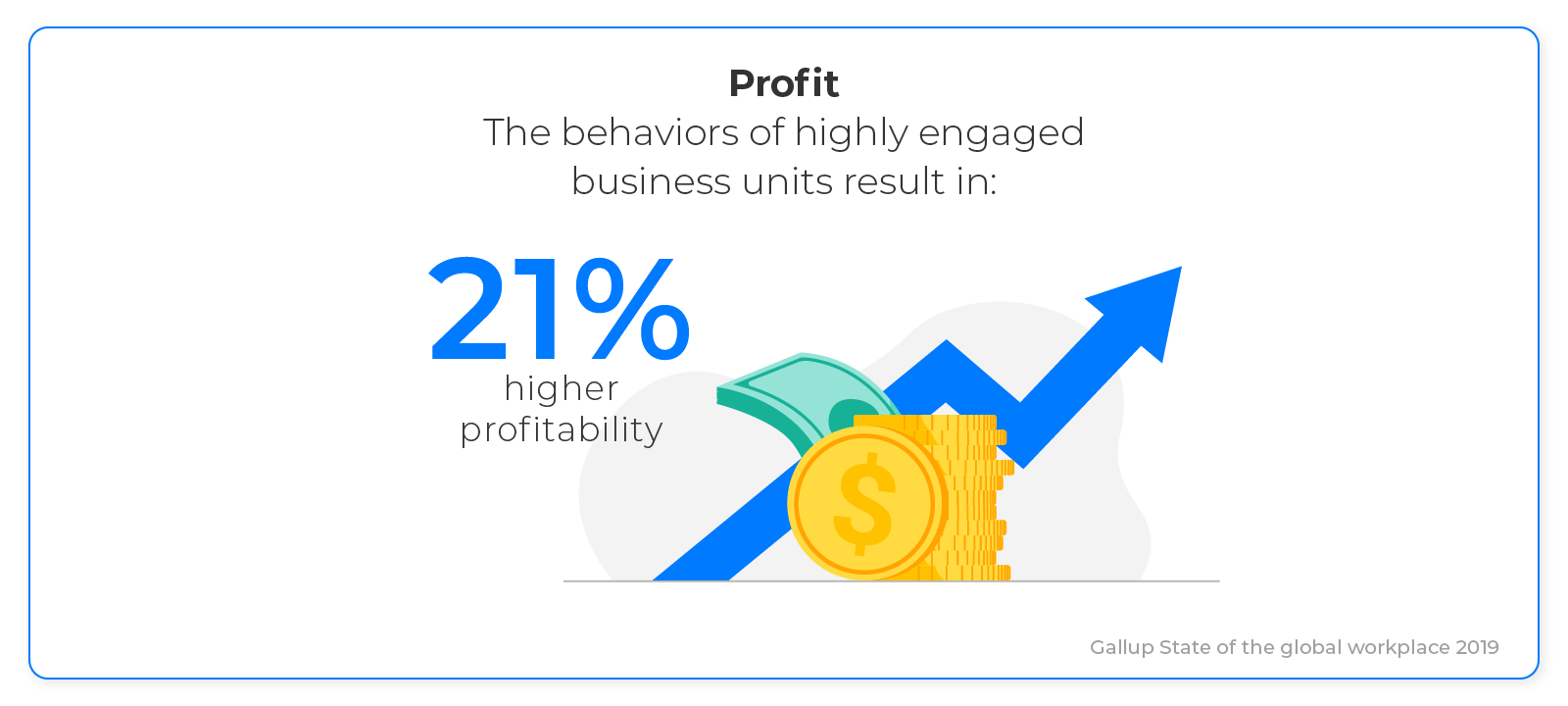New research into the role of the CEO has uncovered some disturbing figures. So disturbing in fact, that the CEO has now been dubbed ‘Chief Elusive Officer’.
A survey of companies across Europe and North America took a deep dive look into what employees really think of their chief executives [1]. The results were not pretty to read. It turns out the impact of leadership on employee engagement is significant, and often negative. CEOs were revealed as distant, solitary figures who failed to communicate effectively with their staff. This was found to be especially true for the UK, where CEOs were considered least accessible to the workforce of any of the nations surveyed.
What is the cause of this high level of disengagement with senior management? And what can be done to remedy the situation and improve employee engagement?
WHO IS THE CEO?
This, it seems, is the big question. In fact, globally, 5% of workers were so far removed from the top level of hierarchy in their company, they didn’t even know if their CEO was male or female. It isn’t any wonder that these employees do not feel engaged at work.
A solitary figure
It really is lonely at the top. The old model of management, with an exclusive figurehead running the whole show, is just as isolated as it sounds. The figures only go to prove it:
- 1 in 5 non-managers have never had any contact with their CEO
- Over half have never met their CEO in a one-to-one situation
A poor communicator
Not only are CEOs making themselves unapproachable, they are also failing to communicate effectively. The traditional company-wide email is alive and well, and lacking that all-important personal touch.
- Almost a third of employees only receive company-wide emails from their CEO
ROOM FOR IMPROVEMENT
Although CEOs don’t get a universally bad press, the majority of employees feel there is much room for improvement. The feeling of a disconnect between the shop floor and the top floor is a real and present danger that needs to be addressed if you want to improve employee engagement. This especially true for UK CEOs who scored notably lower than their US counterparts in almost every area.
Our UK senior management scored lower than average on matters of social responsibility, trustworthiness and integrity. Worryingly, only 59% felt they were motivated by more than just money and just 60% considered them to be good at their jobs.
Interestingly, internal communication was a major sticking point. UK CEOs were rated below par for listening to and caring for the opinion of their employees (52% vs global average of 65%). Their approachability scores were also well below average.
Why is UK management falling short of the mark? It seems the old model of the hierarchical management structure is no longer suitable for today’s employees. The elite figure driving all key decisions top-down will no longer cut it in today’s business climate. In order to increase employee engagement and improve productivity, the CEO needs to take a new approach to management.

#1 Setting the tone
The CEO is responsible for setting the tone of the whole company. A warm, charismatic CEO will create an entirely different company culture than a cold and aloof one.
Ultimately, the communication style of the CEO has a major influence on the ultimate success or failure of the organisation. It is the CEO who guides the ethos, culture and direction of the organisation. Acknowledging this responsibility is the first step towards improving it. Implementing a policy of fairness and democracy will start from the top, and will filter through the ranks accordingly.
“Our research clearly shows the CEO is the figurehead. People still look to the CEO to set the direction of the company. This is where CEOs can stamp their mark.” [1]
#2 Eliminating the hierarchy
Decision-making has always remained the exclusive right of the CEO in the traditional hierarchical structure. But is this a successful model?
Modern business is now much more of a collective endeavour. Rather than the top-down model of management, decision-making needs to involve a much wider proportion of the workforce. The best way to achieve this? Actively encourage the views of your employees. This is where two-way communication comes into play. Implement an employee listening strategy by giving your employees a feedback channel to express their ideas and opinions.
“We are in a new era, where employees expect more autonomy and want to make their voice heard.” [1]
#3 Empowering employees
When it’s only the top strata of management driving productivity and decisions, it is very likely your employees are not feeling engaged at work. It’s time to tap into the power of your entire workforce.
Employee empowerment is a big buzz word at the moment, and easier said than done. In order to empower workers to make decisions and drive initiatives, you need a highly effective communications policy. It is vital that every worker understands the company vision and direction, as well as their specific role within it. Ultimately, your aim is to improve employee engagement to retain your workforce.
“The shop-floor people are the engine room. Their knowledge, once engaged, can produce a high productivity incentive for any organisation.” [1]
IMPROVING CEO VISIBILITY
So how can you go about improving the visibility of your leadership team, specifically the all-important CEO? The key to improving employee engagement is the seamless two-way flow of information through the ranks.
Events
You need to offer more than the company-wide meeting where the CEO stands on a platform and lectures to his minions. Schedule and promote regular events where your senior management can talk directly with members of staff. Not only will your messages get across more precisely, employee engagement will soar when there is a chance to be heard as an individual. Personal contact is the key.
News
Yes, it’s important to publish the end of year results and sales figures. But think beyond the corporate results and introduce a more personalised element. The best employee engagement strategies keep a flow of news that encourages, inspires and informs employees on a regular basis. Direct messages from the CEO, written in approachable language, will have a huge impact on employee engagement levels.
Videos
It’s not always possible to put your CEO in front of every employee. But that doesn’t mean they have to remain an unknown entity. Videos enable your CEO to speak directly to employees so they can put a face to the name. Whether you’re introducing a new company-wide policy, or just putting over a cheerful Christmas message, it’s all about visibility. Visibility is a crucial element of successful employee engagement.
Recognition
It’s a well-known truth that praise is all the more valuable when it is made public. It’s even more valued when it comes from the very top. The impact of leadership on employee engagement is never more evident than when it is linked to recognition. Schedule regular, formal opportunities for the CEO to publicly reward those employees who excel. By recognising and celebrating success, you will inspire more of the same. And you’ll be putting your CEO where he or she belongs, as the public face of achievement.
Ultimately, it is clear that the old hierarchical management model is no longer suitable for today’s business world. We need the CEO to step down from that ivory tower and give both information and power back to the workforce. No longer will you have employees not feeling engaged at work. You’ll have fully motivated staff, putting their all into fulfilling their potential.
[1] Decision-Making for the Future Business, Unit 4
Topics:
Employee Engagement





.jpg)
.jpg)